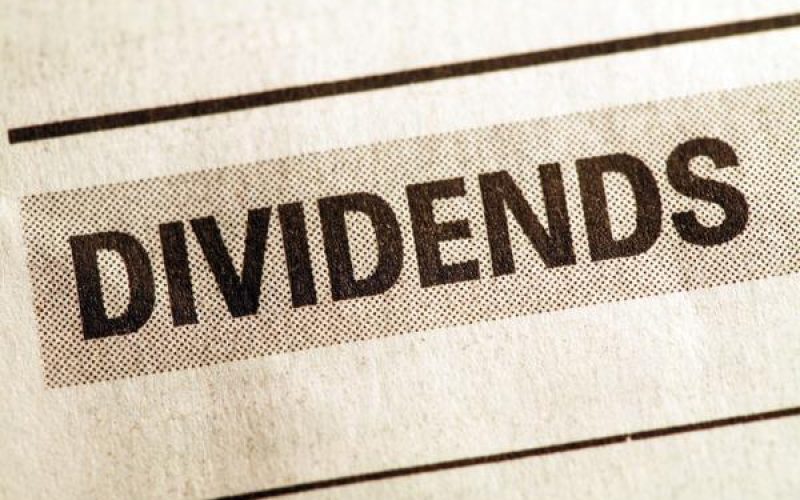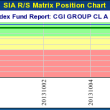October 14, 2013
by Rob Williams, Director of Income Planning, Schwab Center for Financial Research
Key Points
- Since May, interest rates in all sectors of the bond market have risen, driving down values.
- Periods where rates rise may present buying opportunities for investors looking for higher income or higher returns from reinvested dividends over time.
- It's likely that higher income will make up for short-term volatility in prices if you have more than a short-term time horizon.
Since May of this year, intermediate- and longer-term interest rates in all sectors of the bond market have risen, driving down the value of most bond funds. Funds focused on bonds with intermediate or longer maturities have fallen more in value than short-term bond funds. Unfortunately, the yields paid out from most short-term bond funds have been very low, as well. Should you sell intermediate- and longer-term bond funds now and wait for rates to rise? A better approach, in our view, is to focus on income, your time horizon and reinvested dividends over time.
- Focus on income and not just price. When looking at bond funds, it's easy to look at the price, or your cost basis, perhaps, to get a sense of returns. Since May, the price-driven returns on many bond funds have been negative. The sharp increase in Treasury yields led to increases in other parts of the bond market. For investors accustomed to falling yields and rising bond mutual fund prices, falling bond fund prices may have come as a shock. Even a small drop in price may be difficult to swallow, especially for investors focused on fixed-income funds primarily for capital preservation, plus income. But, for the longer-term, periods where rates rise may present buying opportunities for investors looking for higher income or higher returns from reinvested dividends over time. Periods when rates rise and prices fall allow investors to dollar-cost average into the market by buying more shares at lower prices and higher yields. (The opposite is true as well—when rates fall and prices rise, you purchase fewer shares at higher prices with bonds at lower yields.)
- Dividends reinvested increase the number of shares owned. It may be helpful to illustrate the point with a hypothetical fund investment. To do this, we've taken a hypothetical municipal national intermediate-term bond fund as of October 4, 2013. An investor who had purchased 1,000 shares of this fund1 on December 31, 2012, and reinvested all dividends and distributed capital gains paid during the year through October 4, 2013, would have purchased 17.57 additional shares over that time period, using the fund prices at the time of dividend payments net of fund operating expenses. As of October 4, our hypothetical investor would have owned 1,017.57 shares.
- Dividends reinvested can be the most significant source of return over time. Over that time, the price of the fund (i.e. net asset value, or NAV) fell from $12.26 per share to $11.85 per share. If you look only at the price of the fund, as many investors do, the NAV fell 3.3% over the time period. If we include the dividends reinvested to purchase additional shares during the year, those reinvested dividends, not just the NAV of the fund, should be factored into the returns.
- You buy more shares at higher yields when prices fall. There is no free lunch in investing, of course. Even for investments generally intended for capital preservation and tax-free income for a portion of your portfolio, there is risk of falling prices in bonds or bond funds during periods when interest rates rise. Interest rates on an AAA-rated 10-year municipal bond rose nearly 1.2%, for example, from May 2, 2013, until roughly Labor Day, before falling again by just over 0.3% since then. Over that time, however, if you had reinvested dividends, you would have purchased more shares at lower prices. Since you were purchasing each share at a lower price, the yield from the fund would generally be higher as well, all else being equal. Over time, this dollar-cost-average approach may be a sound way to invest if you're a long-term investor worried about risk if rates rise. Just keep in mind that, as you purchase more shares, your allocation to that particular fund may increase over time, so make sure to periodically review your overall portfolio allocation to ensure that it's consistent with your investing goals, risk tolerance and time horizon.
- Income matters most over time. Due to the power of time and compounding, the math explained above illustrates the potential benefits of staying committed to a longer-term investment strategy focused on income for your bond fund portfolio. Whether you buy taxable or tax-free bond funds, or a combination, the same logic applies. It's possible that higher income will make up for short-term volatility in prices if you have more than a short-term time horizon.
- Match the maturity focus of your bond fund to your time horizon. One strategy to consider is to match the duration of your bond fund to your time horizon. If you have a short time horizon (one to three years), focus on short-term bond funds. If you have a longer time horizon (four to six years plus), focus on intermediate-term bond funds with modestly higher interest-rate risk, but also higher dividends yields currently, and return potential.
- What to do now. If you use bond funds for diversification and income, focus on dividend returns as much as on fluctuation in fund prices. Over time, if you reinvest dividends, you buy more shares, at higher yields and lower prices, during periods when rates rise.
Copyright © Schwab.com















